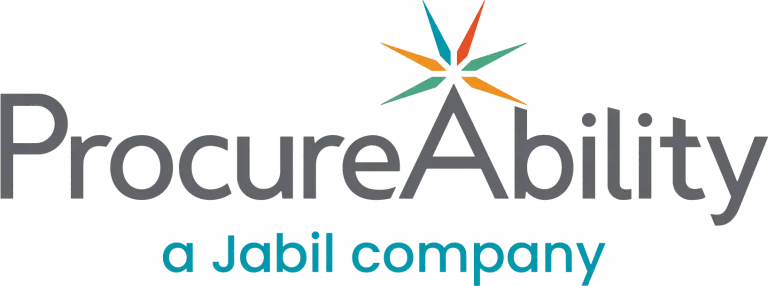Every organization makes mistakes. However, when mistakes happen in procurement they tend to snowball. Due to the involved nature of the procurement function, any mistake along the timeline can lead to myriad others. These mistakes negatively impact company performance.
The good news is, better communication solves issues between staff, management, suppliers, and partner companies. By understanding the most common mistakes procurement professionals make, you can learn to prevent them.
Here are five areas where things can go wrong, along with tips for how to avoid these common challenges.
 Procurement Mistake #1: Accepting prices without negotiation
Procurement Mistake #1: Accepting prices without negotiation
A common procurement mistake is assuming that the catalogue price is set in stone. Depending on the scale of your organization and your relationship with suppliers, various factors are open for negotiation. These include prices, lead times, and freight charges. In some cases, consignment arrangements are also negotiable. To help pave the way for such opportunities, keep the lines of communication open with your suppliers. Look for solutions that create a win-win for both parties. Early renewals are a great place to start. By sharing your future forecasts with your suppliers, they will feel more secure about the steadiness of your business. It might be enough for them to bend on price. They may also agree to other concessions.
 Procurement Mistake #2: Choosing lower quality for lower costs
Procurement Mistake #2: Choosing lower quality for lower costs
One of the biggest challenges in procurement is making sure you choose dependable suppliers who match your standards for quality, ethics, and values. All too often, procurement teams compromise on these principles for a “good deal.” This often results in receiving sub-par products. These products may not match the original agreement. They could arrive late, or are not produced ethically, or fall short for some other reason. To avoid such lapses, work to improve your supplier selection process. Learn more about your suppliers and their processes. Conduct regular visits and audits to ensure they are capable of meeting your quality standards. Ensure they can deliver products and services on time. Formulate better-worded questionnaires during the supplier selection process. This will help ensure a good fit. A rigorous focus on quality will ensure that procurement remains valued by your internal business partners.
 Procurement Mistake #3: Losing spending control and visibility
Procurement Mistake #3: Losing spending control and visibility
Organizations go beyond their budgets for a wide variety of reasons, including poor management and unexpected inflation. Once the budget is created, it should be reviewed in as much detail as possible. Track your spending in real time. Right the ship quickly in cases where you overspend. This heightened level of transparency will facilitate data-driven discussions with the finance department. Such discussions are crucial when creating budgets or requesting additional funds due to unexpected costs.
 Procurement Mistake #4: Making snap decisions
Procurement Mistake #4: Making snap decisions
At times, purchasing professionals may procure goods or services without considering the strategic alignment to business requirements. This often means ignoring the normal procurement process. It is a common issue among organizations experiencing rapid growth. Consider deploying purchase order software such as Coupa or Ariba/SAP. This software helps track old orders. It also formalizes procurement steps. These steps include creating purchase orders, reviewing, and approving or rejecting them. Other steps are releasing funds, making purchases, submitting invoices, verifying invoices, and recording purchases.
 Procurement Mistake #5: Not trusting technology
Procurement Mistake #5: Not trusting technology
Organizations can be suspicious of using innovative technology to improve business processes. Their concerns revolve around additional cost or security. They may use an online catalogue to search for needed items and an online shopping cart to create requisitions. However, much more can be done by using specialised procurement technology. For example, by using procurement software, teams can reduce their requisition order cycles and requisition-to-order costs. They can also cut back on maverick spending. If you already have procurement technology deployed, contact your provider, and make sure that you are using the system to its full potential. Also, be open to opportunities to improve your processes by trying things like switching to a third-party provider for managing your information technology systems.




